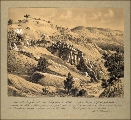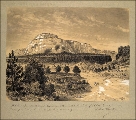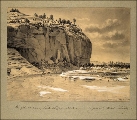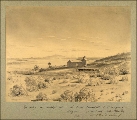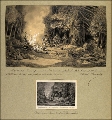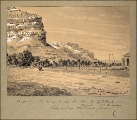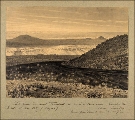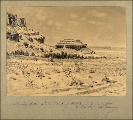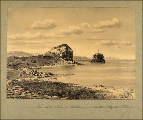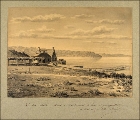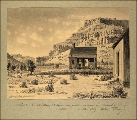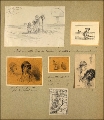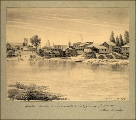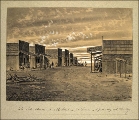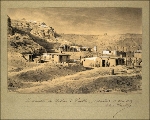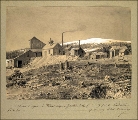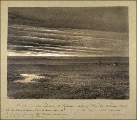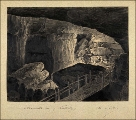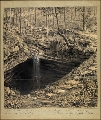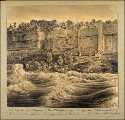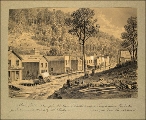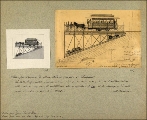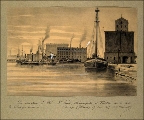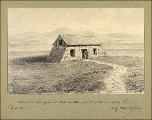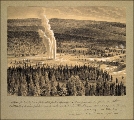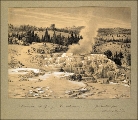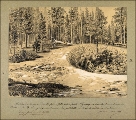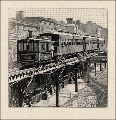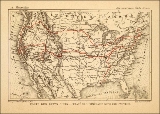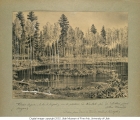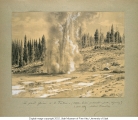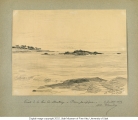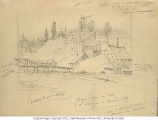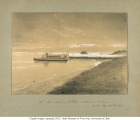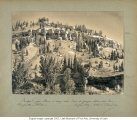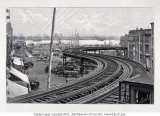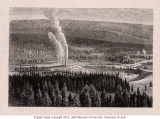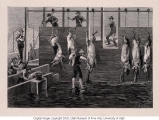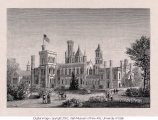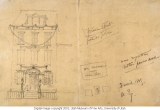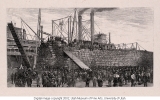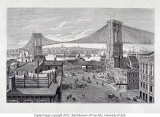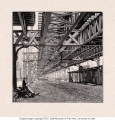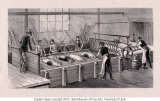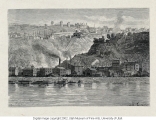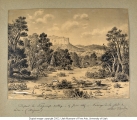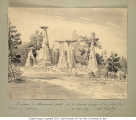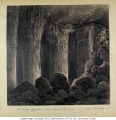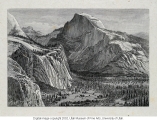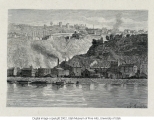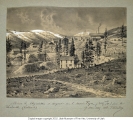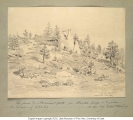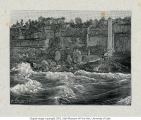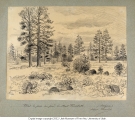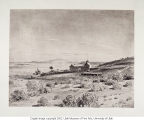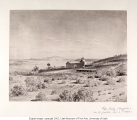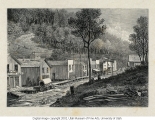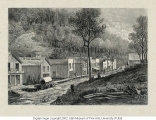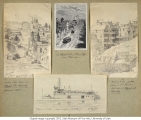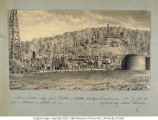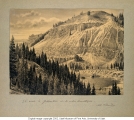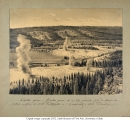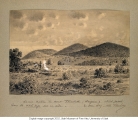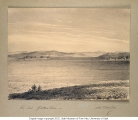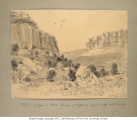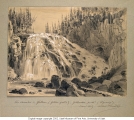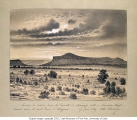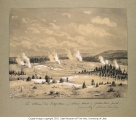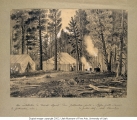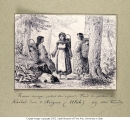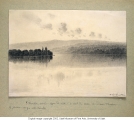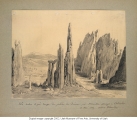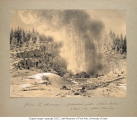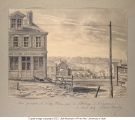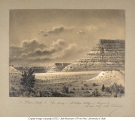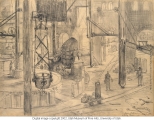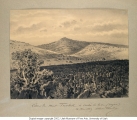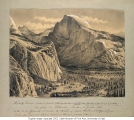| Identifier |
1978_280_indianQuarters.jpg |
| Title |
Pueblo Colorado Indian Neighborhood |
| Alternate Title |
Le quartier des Indiens à Pueblo (Colorado) |
| Creator |
Tissandier, Albert 1839-1906 |
| Subject |
Cities & towns--Colorado--Pueblo--1880-1890; Neighborhoods--Colorado--Pueblo--1880-1890; Indians of North America--Structures--Colorado--Pueblo--1880-1890; Views--1880-1890 |
| Published Location |
Reproduced in the exhibition catalog, Albert Tissandier : Drawings of nature and industry in the United States, 1885, by Mary F. Francey ([Salt Lake City, UT] : Utah Museum of Fine Arts, 2001), p. 27. |
| Short Essay |
Initially established as a trading post, Pueblo is now Colorado's second largest city. Because it was located on their route, fur traders and settlers inhabited the fort while the surrounding land was occupied by Ute Indians. Indians and the white settlers did not always happily co-exist. Mountain men traded furs with the Indians, and some married Indian women, but relations between the whites and Indians remained troubled. An Indian attack on the fort in 1854 killed everyone except one man and a few children. After this incident, Pueblo no longer attracted traders, but continued to function as a settlement for travelers. Tissandier's journey across the United States took him to Pueblo and the surrounding area. A study of the Indian quarters, this drawing emphasizes their simple frontier lifestyle. The community consisted of square, flat roofed wooden houses placed on different levels. Outside are drying lines for clothes, barrels, and an outhouse tucked away on the side of the mountain. Captivated by the Indian culture, Tissandier noted that life in the Western United States was less civilized than that in the East, and neither was as civilized as life in France. He wrote: "We left the territory of Nebraska to enter into that of Colorado, but the landscape became even more barren and abandoned. There was silence, and complete isolation." This drawing communicates that sense of isolation and the tranquility of the open prairie. Fur trappers, Indians and early settlers made Pueblo a diverse community. |
| Publisher |
Utah Museum of Fine Arts |
| Contributors |
Mary F. Francey |
| Date |
1885-05-13 |
| Type |
Image |
| Format |
application/pdf |
| Source |
Albert Tissandier: Drawings of Nature and Industry in the United States |
| Language |
fra |
| Rights Management |
Digital image c2001 Utah Museum of Fine Arts, University of Utah |
| Source Physical Dimensions |
31.75 cm High x 40.64 cm Wide |
| Source Characteristics |
Graphite on paper |
| Light Source |
Kaiser Softlite ProVision 6x55W flourescent 5400K daylight |
| Archival Resolution |
TIFF: 4925 x 3966 pixels |
| Display Resolution |
JPEG: 900 x 718 pixels |
| Bit Depth |
36-bit color |
| Scanning Device |
Leica S1 Pro scanning camera; Hasselblad CFi 50mm F/4 lens; f/11 |
| Exhibit Catalog |
ISBN: 0-9657215-0-7; Library of Congress Catalog Number: 2001094211 |
| Setname |
uu_umfa_at |
| ID |
415812 |
| Reference URL |
https://collections.lib.utah.edu/ark:/87278/s6bk1cds/415812 |

